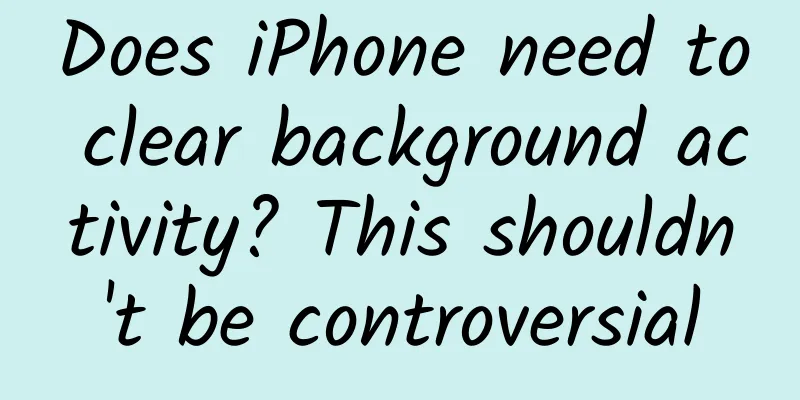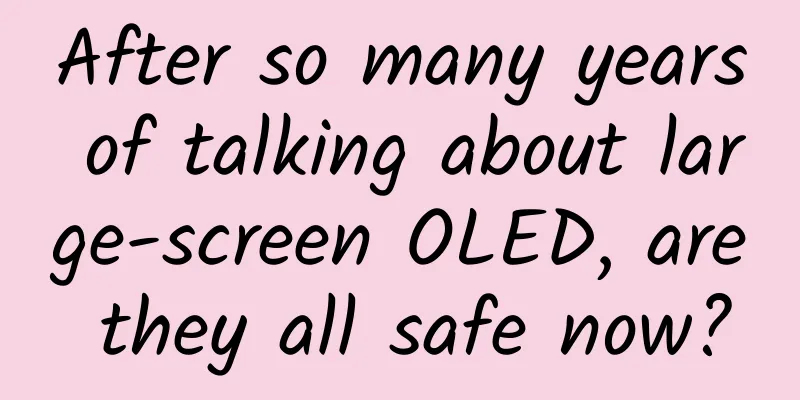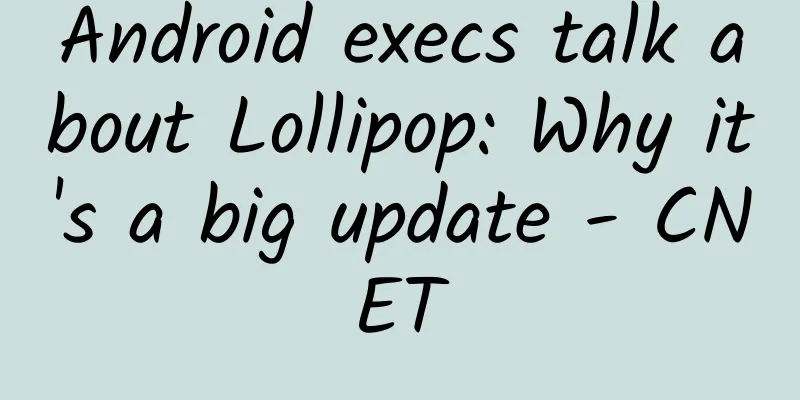Does iPhone need to clear background activity? This shouldn't be controversial

|
In 2009, Palm released the first mobile phone equipped with WebOS, Palm Pre. As a new system to compete with iOS, WebOS incorporates a lot of forward-looking elements. One of the features that was talked about and quickly imitated by Apple and Google was the card-style background. Specifically, on WebOS models, swiping up from the bottom of the screen will turn the current application into a small rectangular thumbnail, and swiping to the top of the screen again will close the application. Gesture operation plus the card-style background make WebOS models feel smooth and comfortable when operating. At that time, iOS closed applications by double-clicking the Home button, and then clicking the red minus button on the background application icon, which made the operation steps cumbersome and time-consuming. Soon, iOS and Android followed suit with the card-style background design. Although WebOS was later eliminated in the fierce system competition, opening the phone's background interface and gently pushing up the application to be closed has become a daily habit for smartphone users. However, foreign media recently reported that Apple's senior vice president of software engineering Craig Federighi said in an email to a user: "Swiping to close background apps may reduce iPhone battery life, and you should not force close an app unless it is unresponsive." In other words, our usual practice of killing background processes may be a meaningless or even wrong mobile phone usage habit? Why doesn't iPhone need to kill background processes? A few years ago, the topic of why iPhone is smoother than Android phones almost became a daily topic on the Internet. The specific reasons include different underlying code compilation mechanisms, memory management methods, and the degree of permission opening. Even today, iOS seems to be better than Android in memory utilization. 4G memory does not meet the passing level on Android, but it is basically more than enough on iPhone. First of all, iOS does not actually have a "backend" that users can choose from. The multitasking interface that appears when we double-click the Home button or swipe up is actually just a list of recently used apps and shortcuts. When you switch to the next app, the memory and other resources of the previous app have actually been frozen and released. iOS's memory management mechanism is more stringent. When the memory is insufficient, it will be automatically released and allocated, without the user having to perform additional memory clearing operations. In addition, frequent "killing of background processes" will actually increase power consumption. When the "kill background" operation is not performed, when the original application is opened, the application extracts data from the suspended state, responds faster and consumes less resources; after "killing the background", the application needs to be reloaded, which responds more slowly and consumes longer resources, resulting in increased power consumption and reduced battery life. In addition, thanks to iOS's unified push mechanism, users can obtain various information in a timely manner through the push mechanism even if the application is not running. Therefore, according to the guidance of Apple executives, the correct way to use the iPhone is to ignore the "background" and close the app by simply pressing the Home button. Of course, even under the strict restrictions of iOS, some apps still make themselves "real background" in disguise. For example, a common practice is to play a piece of audio without sound in the background to prevent it from freezing. If you encounter such apps, you may still have to clear them with a swipe of your finger. No need to kill background on all mobile phones? As we have said at the beginning, the card-style background and swipe-up closing application design were first introduced by WebOS. Palm adopted this mechanism largely because WebOS is a real background, where multiple applications can actually run in the background, which is very similar to the background mechanism of desktop systems such as Windows. Therefore, it is necessary to manually close the background operation for devices equipped with WebOS. As for the Android system, which currently has the highest market share, the situation is much more complicated when facing this problem. In general, Android is a "true background" application. Even if you switch to other applications or return to the desktop, the previous application will continue to run in some form. In fact, Android's background can be divided into two types. One is without service (Service). The application will be frozen after switching to the background and will be awakened when reopened. The mechanism is somewhat similar to iOS; the other is with service, and the background will continue to run. This is what we often call the "real background". The advantage of a real background is that it allows the mobile phone system to have multi-tasking functions and do more things at the same time; but the disadvantage is that multiple applications running at the same time will consume more resources and cause problems such as lag and heating. In fact, Google has been working on solving this problem and trying to make the Android user experience better, including optimizing the memory management mechanism so that users no longer have to worry about the background problems of applications. For example, in the new Android specification, the self-starting of applications is strictly restricted. If these regulations are strictly enforced, and Android phones have large memory of 8G or 12G, it seems that Android can also avoid background clearing. But the reality is that due to the lack of Google services, it is difficult to impose strong constraints on developers in the domestic Android market. There are still many Android applications that do not follow the latest specifications set by Google. As an open system, the strongest constraint given by Google is to prohibit non-compliant applications from being listed on Google Play, which has no deterrent effect on domestic developers. Moreover, the push mechanism of the domestic Android camp is still fighting each other. Therefore, considering various situations, if you want to use an Android phone comfortably, clearing the background may still be an operation to be performed from time to time. Of course, as mobile phone manufacturers have increased their crackdown on rogue applications in customized systems, the Android experience in this regard has been gradually getting better. Friends who have the conditions are recommended to install the Google Play version of the application first. Mobile phone batteries need careful care? When reporting on the remarks of Apple executives, many domestic media used the statement that "swiping to close apps will reduce the battery life of the iPhone." However, regarding this point, the original wording in Craig Federighi's email was "battery life", which is more appropriate to translate into battery life. Of course, we can still use this opportunity to talk about whether killing background processes will exacerbate the problem of reduced battery life. First of all, it should be made clear that batteries are indeed consumables. Take the iPhone as an example. After using it for one or two years and the number of cycles reaches hundreds, the actual battery capacity may drop to about 80% of the factory value. Because of this, you can see a lot of tips on the Internet about reducing mobile phone battery loss and extending battery life, which generally avoid overcharging, avoid charging when the battery is too low, don't charge too full, etc. It is undeniable that these methods may not be ineffective, but for ordinary users, the practical significance of the operation is not great. After all, mobile phones may be the devices we use most frequently and spend the longest time on in our daily lives. Frequent charging is unavoidable, and battery loss is also a normal process. After all, a mobile phone is just a tool. Using all kinds of methods to delay battery loss will inevitably greatly reduce the experience of using the phone. You might as well use your mobile phone in a way that is comfortable for you and accept the normal attenuation of the mobile phone battery. For mobile phones with serious battery loss, replacing the battery may be the best solution. |
<<: Tips for remote work: Have you got the "hardcore" functions of WeChat for Business?
Recommend
5,000 words in-depth analysis of Meituan’s 8 major user growth models!
As we all know, the growth of an enterprise is cl...
The misconception that if customers don't come in, sales equal zero must be eliminated.
At present, if many home appliance retailers stil...
Why do some landing pages make you want to buy after seeing them?
What’s changing in digital advertising ? What is ...
Where is the starfish's head? A new answer to the age-old mystery
Where is the head of a starfish? | Tuchong Creati...
If you are clear about these 4 points, you can boldly place elevator advertisements!
Probably starting from the end of 2018, it can be...
Java idioms summary
In Java programming, some knowledge cannot be lea...
The "薅羊毛党" operation activity is coming, and you can't afford to offend it. What should you do?
For operations , they work hard to plan and launc...
OKR: Organizational Agile Goals and Performance Management
OKR: Organizational Agile Goals and Performance M...
SAIC has established a commercial vehicle intelligent driving technology innovation company. Autonomous driving will be first implemented in ports, factories, and trunk logistics scenarios
(August 26, 2021, Shanghai) SAIC Motors announced...
A relationship without boundaries is a disaster.
Whether it is the controversy over the topic of &...
The entire process of setting up and optimizing information flow advertising accounts, a must-read for placements!
Too little exposure and no sales? How to set a re...
Artificial intelligence is getting smarter, should we give AI human rights?
A few years ago, the topic of legal personhood an...
From a trickle to a torrent, you only have tens of seconds to escape!
Recently, two hikers in Taizhou, Zhejiang were un...
One bucket is poor, two buckets is rich? Your fingerprints actually hold these secrets
"One dou means poverty, two dou means wealth...
Nuclear contaminated water = nuclear waste water? Not the same thing! Fukushima nuclear contaminated water contains more than 60 types of radioactive nuclides!
According to NHK, the Japan Broadcasting Associat...









